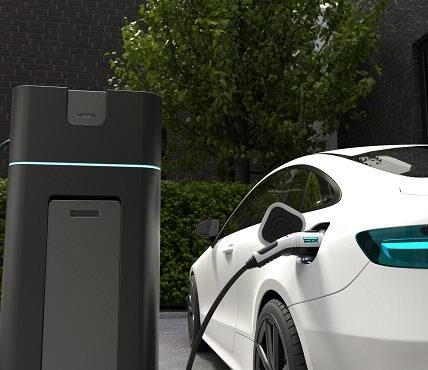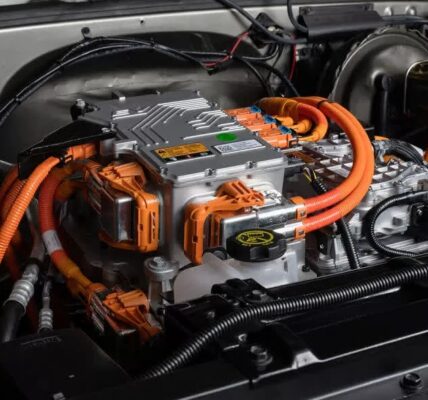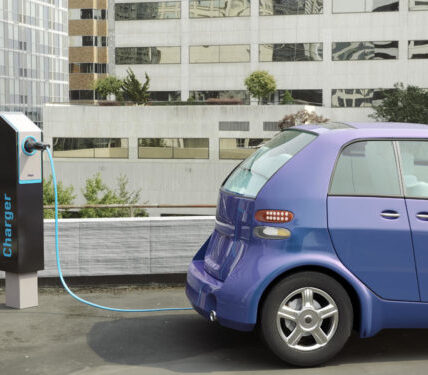Last month, the Environmental Protection Agency announced new vehicle emissions standards for vehicles produced between the 2027 and 2032 model years, unveiling some of the strictest U.S. emissions standards yet. The new standards are intended to further incentivize electric vehicle sales. Now, however, a new report indicates that the tougher standards may actually lead to reduced electric vehicle funding on the part of automakers.
According to a report from Fitch Ratings, an American credit rating agency, the new vehicle emissions standards would likely lead to “incremental investment in internal combustion engines” on the part of automakers in order to meet the proposed targets. Essentially, Fitch Ratings argues that the tougher standards would “temper the amount of capital traditional original equipment manufacturers (OEMs) can reallocate from legacy ICE vehicles into new, electric vehicle (EV) production capacity” in order to meet the tougher emissions rules.
Fitch Ratings expects the new rules to lead to “more EV vehicle sales, fewer ICE vehicle sales and improved ICE emissions.” Full-size pickup and SUV production are tapped as two segments that will be most heavily impacted under the new rules. According to the latest projections from the EPA, EVs are expected to account for 67 percent of new light-duty vehicle sales by the 2032 model year. What’s more, EVs are projected to make up 46 percent of new medium-duty vehicle sales by the same timeframe.
The new EPA rules include a target average of 82 grams of CO2 per mile by the 2032 model year for light-duty vehicles. Meanwhile, medium-duty vehicle emissions are projected to hit an average target of 275 grams of CO2 per mile. According to the EPA, the new rules will prevent 7.3 billion tons of carbon emissions.
“Further reducing particulates and greenhouse gas emissions from ICE vehicles would require higher expenditures for research and development, and ultimately engine technology content,” Fitch Ratings argues. “OEMs would likely try to pass the incremental costs along to end consumers through vehicle price increases, which could limit marginal demand for those vehicles.”








